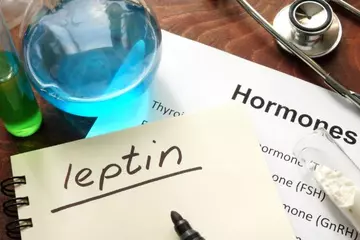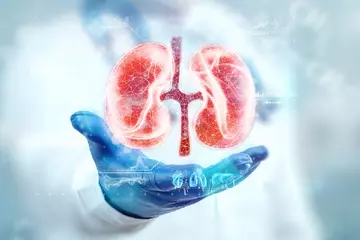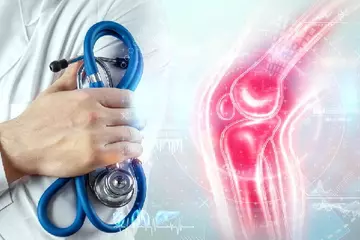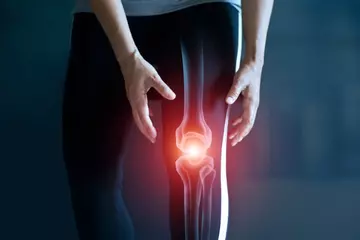What is Johnson-Stevens Disease?
Johnson-Stevens syndrome (SJS) is a serious yet rare condition impacting mucous membranes that line all organs. This condition is triggered in response to medications and leads to the death of the skin tissue, which ultimately detaches from the body. This may impact the eyes, mouth, airways, and genital region.
In its severe form, the condition is identified as Toxic epidermal necrolysis (TEN). The spectrum of the condition is identified as:
- In case of skin detachment from lesser than 10% of the overall body surface, the spectrum is labelled as Johnson-Stevens syndrome (SJS).
- Cases of skin detachment from 10-30%, the condition is labelled as an overlap between SJS and TEN.
- Condition that affects above 30% of the body is termed as Toxic epidermal necrolysis (TEN).
Despite the above classification, the condition may be life-threatening and fatal (10% mortality rate). Reasons for this may include sepsis, respiratory distress, shock and multiple organ failure.
What are its main associated signs and symptoms?
Initial symptoms of the condition include:
- Fever
- Red eyes
- Sore throat/persistent cough
- Pain in joints
- Skin rash
- Blisters on affected area especially mouth and lips
- Soreness of the affected region
The condition affects the skin, hair, sex organs and nails. Similarly, eyes and mouth may remain dry. It also impacts the vision and digestive system.
If left untreated, the condition may result in:
- Excessive sweating
- Itching
- Hyper or hypo skin pigmentation
- Dryness of skin
- Loss of nail beds
- Dryness of cornea
- Blindness
- Problem in ingestion or chewing
- Lung damage
- Scarring of food pipe
- Bronchitis
What are its main causes?
In children, the condition may be the result of infection due to:
- Flu
- Herpes simplex virus
- Mumps
- Coxsackievirus
- Epstein Barr virus
In adults, Stevens-Johnson syndrome is caused by an adverse impact of medicines like:
- Anti-epileptics
- Antibacterial sulfa drugs
- Nonsteroidal drugs
- Anti-HIV drugs
- Medicines for kidney stones and gout
Apart from the above, a viral infection or immune system disorders are well-established high-risk factors for the development of the condition. Similarly, HIV, pneumonia, cancer, AIDS, family history or genes increase the vulnerability to this disease.
How is it diagnosed and treated?
Stevens-Johnson syndrome can be diagnosed by a dermatologist by visual examination. To confirm the diagnosis, a skin biopsy is conducted.
In severe cases, immediate medical attention must be sought. Ideally, the previous medications must be discontinued. The doctor may treat you with:
- Strong painkillers to reduce pain
- Moist compress to keep them moist
- Sterilising affected skin
- Introduction of replacement fluids
- Corticosteroid tablets
- Antibiotics or antivirals
- Amniotic membrane transplant in severe cases
















